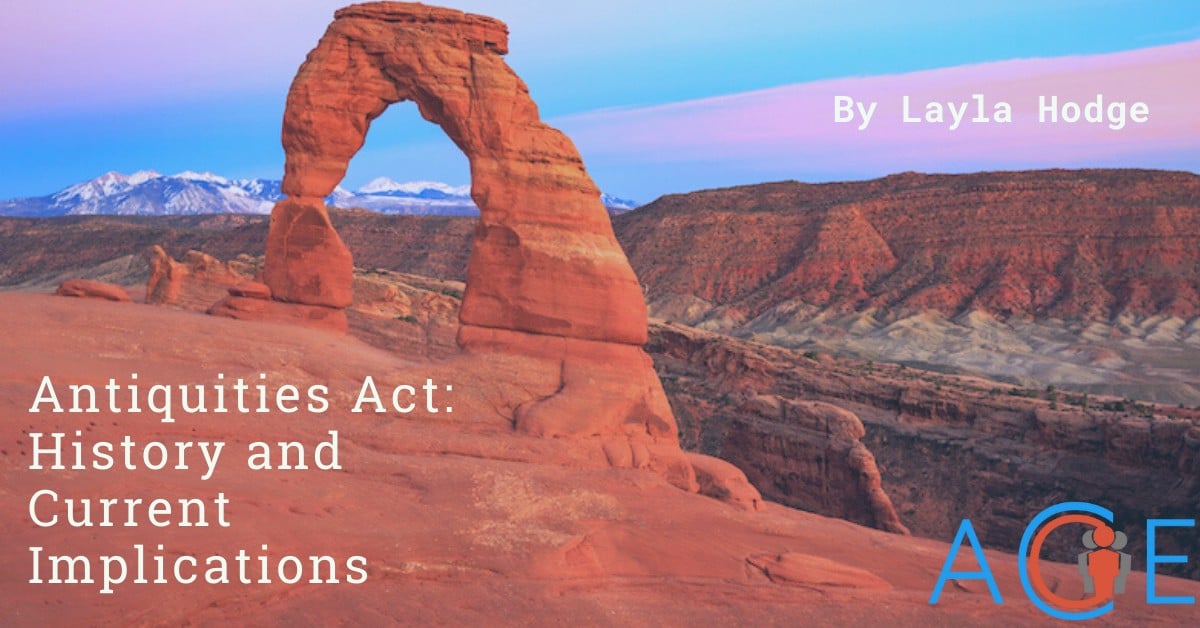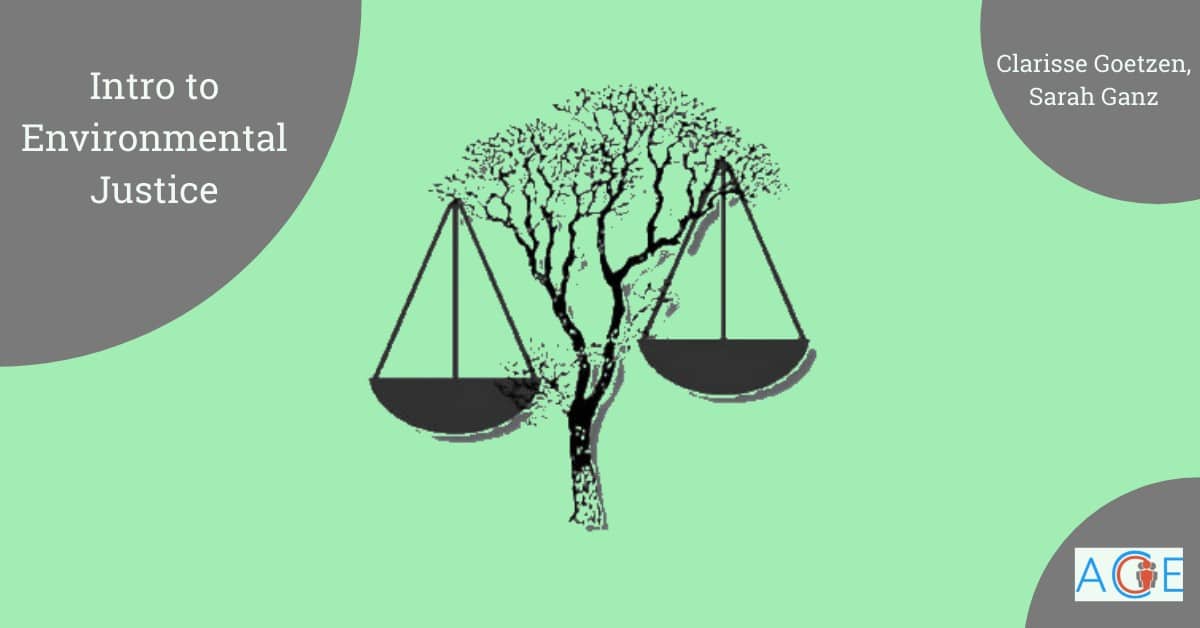Introduction
On June 1, 2021, the Biden administration announced suspensions on drilling in the Arctic National Wildlife Refuge (ANWR) which covers 19.64 million acres of land and water in northeast Alaska. This decision counteracts the Tax Cuts and Jobs Act of 2017, requiring the Department of the Interior to issue two leases for drilling in ANWR over 10 years. Environmental groups and indigenous rights activists opposed the 2017 decision stating that oil drilling will harm the Gwich’in people that depend on the land as well as the Porcupine Caribou herd that annually give birth there. The Gwich’in call the land Iizhik Gwats’an Gwandaii Goodlit (The Sacred Place Where Life Begins).
These recent rollbacks concern the creation, history and legacy of public land use in the United States. The establishment of the ANWR and public lands across the United States arose from the conservation movement of the late nineteenth century featuring environmental leaders such as Gifford Pinchot, John Muir, and President Theodore Roosevelt. Understanding current dynamics in the ANWR and protected lands across America requires a historical investigation of the theories, visions, and oversights that prompted their creation.
Background
In 1872, the United States government established the first national park, Yellowstone National Park, legitimizing the goals of the conservation movement, which aims to protect the land for recreation, tourism, and sustainable resource use. In the years that followed, the U.S. government created expanded areas allocated as “public lands”.
Gifford Pinchot, a leader in the conservation movement and first Chief of the United States Forest Service under President Taft and President Theodore Roosevelt, introduced the notion of public lands as lands owned as a body politic. He believed in sustainable resource use in nature parks to ensure that future generations could benefit from the land. His aim was “the greatest good for the greatest number in the long run.”
President Theodore Roosevelt, a colleague and friend of Pinchot’s, ascribed to his views of sustainable use. In a speech titled “Conservation as a National Duty,” he said, “One distinguishing characteristic of really civilized men is foresight, we have to as a nation, exercise foresight for this nation in the future; and if we do not exercise that foresight, dark will be the future.” As a result, President Theodore Roosevelt founded the National Wildlife Refuge System in 1903 under the jurisdiction of the U.S. Fish and Wildlife Service. The National Wildlife Refuge System is “dedicated to conserving America’s rich fish and wildlife heritage.” In 1980, President Carter designated ANWR as part of the National Wildlife Refuge System under the Alaska National Interest Lands Conservation Act.
President Theodore Roosevelt also confided in John Muir, a staunch preservationist. He believed that nature should remain untouched. Unlike Pinchot and Roosevelt, Muir worked outside of the government as a writer and advocate for protected lands, eventually co-founding the Sierra Club which continues to fight for a healthy planet today. Muir saw God in the natural world, calling it “sacred and divine” and wanted “to remove it from the corrupting hands of human society.” Muir’s musings on nature and preservation have influenced many Americans. Together with Pinchot and Muir, these three environmental advocates established the dominant view on nature and public lands in America. At the same time, the push for creating protected federal lands displaced and excluded millions of Native Americans.
National Parks as A History of Colonialism
William Cronon, whose writing is nearly ubiquitous in Environmental Studies, writes in “The Trouble with the Wilderness” that Muir’s vision of nature as Godly and pure effectively erases the history of indigenous tribes who worked and transformed the land long before the US began protecting it. These lands were far from untouched, and indigenous tribes were integral to the health of the land. Yet, from the mid-1800s to 1914, when Yosemite became a national park, there was a concerted effort across nature parks in America to expel thousands of indigenous people from their land, destroying their livelihoods and culture. Amid this context, President Theodore Roosevelt established the National Wildlife Refuge System.
The events in Yosemite National Park were hardly unique. In Alaska, the Gwich’in people have called their land home since time immemorial. Though not a specific date, they held that land long before the Russians, who in the eighteenth century colonized Alaska and called it their own. In 1867, the United States bought Alaska for 7.2 million dollars. For nearly a hundred years, Alaska existed as a US territory.
With colonization came violence and disease. In the mid-1800s, commercial whale hunters from New England emptied the Bering Strait and Beaufort Sea of bowhead whales, depleting the Indigenous people’s source of food. Then, the Alaskan gold rush brought people who contaminated and rerouted streams, making them unable to sustain the local salmon populations on which the Indigenous people depended. With more people came diseases that wiped out nearly two-thirds of Alaska’s Indigenous population. By the time Alaska became a state in 1959, Indigenous people were no longer the majority.
Beginning in the 1930s, many Indigenous children were sent to schools geared to assimilate them to American culture. School officials took their clothing, chopped the boys’ hair, and forbade their language. When these Indigenous children returned home, they did not know how to hunt, fish, gather, or speak their native language.
Alaska Natives and Oil Multinationals
In 1968, oil was discovered at Prudhoe Bay, just west of ANWR. It remains America’s largest oil field. This discovery brought relief to Alaska’s failing economy and brought the need for the construction of the Trans-Alaska Pipeline. In order to begin building, the state of Alaska needed to know what land belonged to who. The problem was that there were little to no boundaries allocating land to indigenous populations.
Under the pressure to move quickly, the Senate and the US House of Representatives agreed on the Alaska Native Claims Settlement Act (ANCSA), which President Richard Nixon signed in 1971. Indigenous tribes received 44 million acres of land, far less than many felt was deserved, and $963 million in settlement payouts for the lost land. At the time it was the largest native land settlement, but it was exploitative and mainly benefitted corporations in the area.
The Act stipulated that the 44 million acres be allocated not to the tribes themselves, but to corporations of which tribe members became shareholders. Indigenous tribes with little business training and minimal English language skills had to find a way to successfully manage a company.
ANCSA stated that Alaska natives had to abide by federal and state regulations regarding hunting, fishing, and land use. This completely upended their way of life. Since the discovery of oil at Prudhoe Bay, Alaska has relied on oil profits to pay for social programs, eliminate income and sales taxes, employ citizens, and fund the Alaska Permanent Fund that doles out annual payments to permanent citizens.






